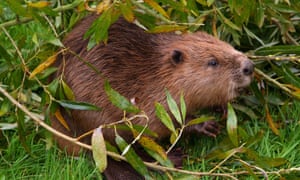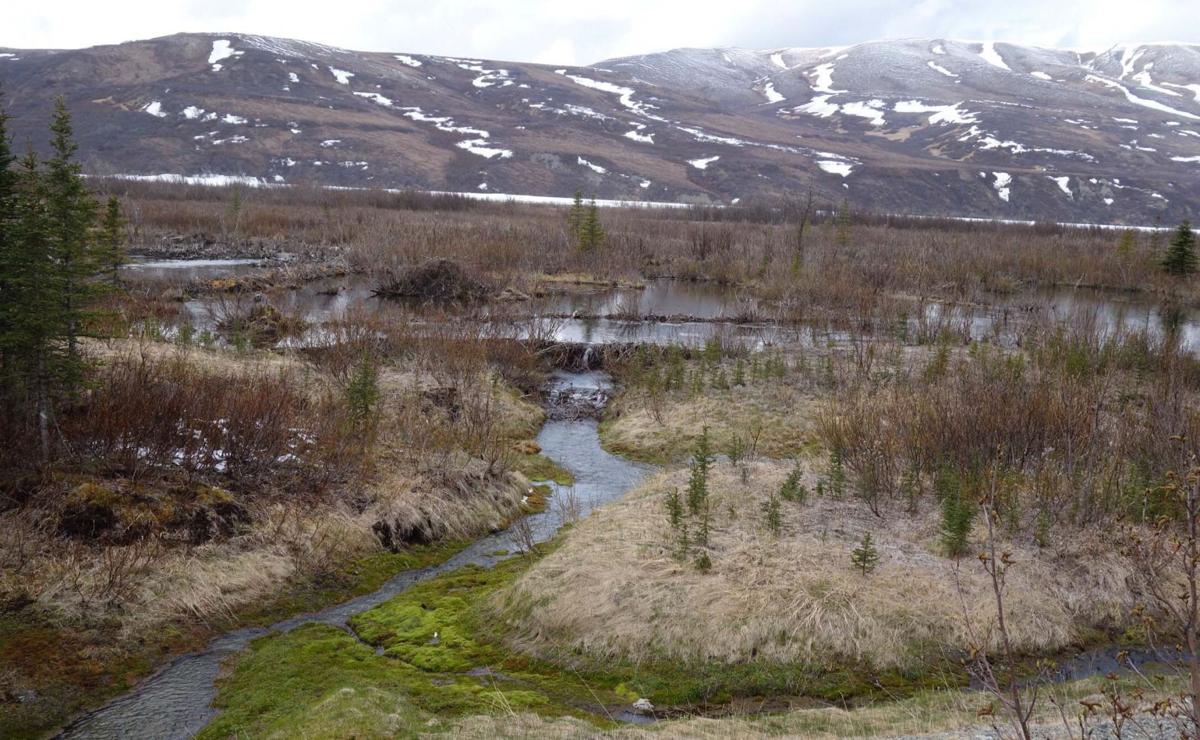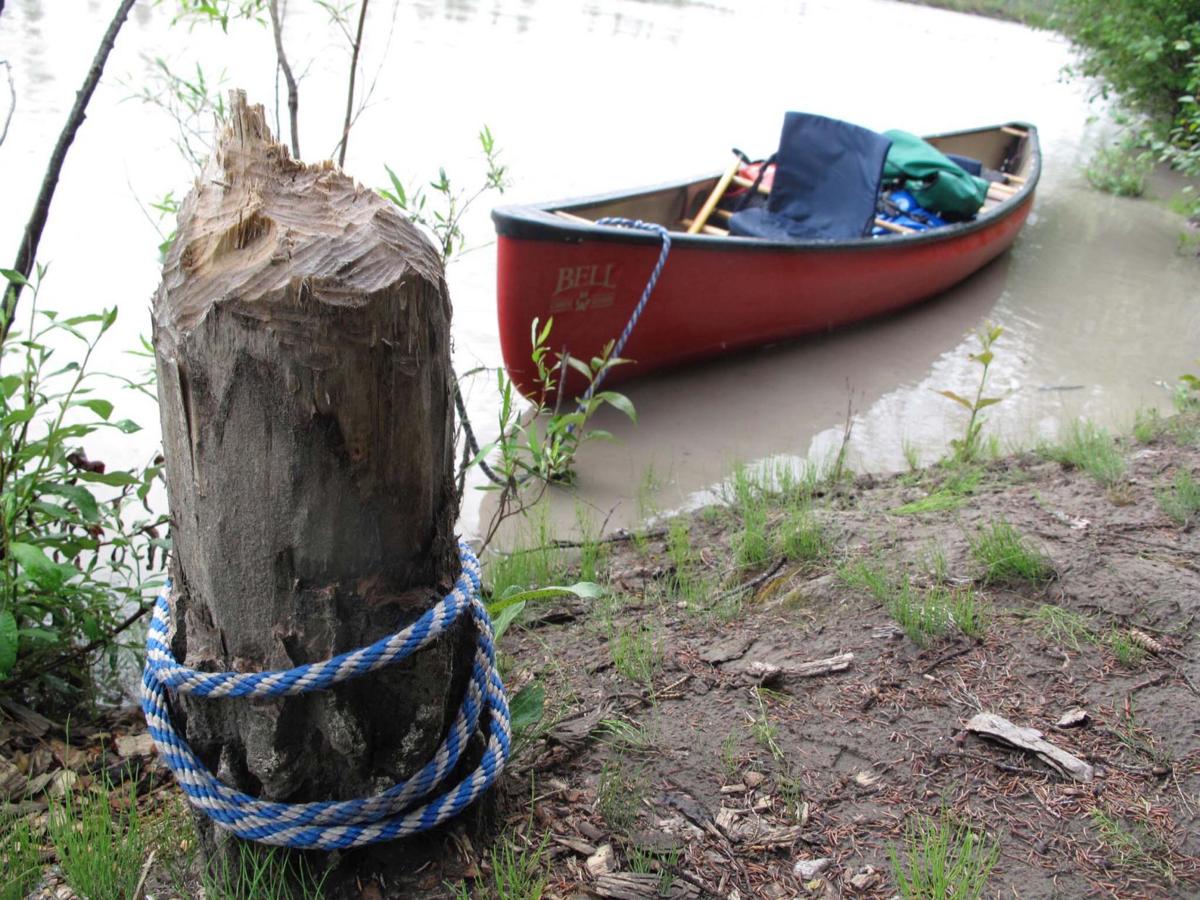Inch by inch, the website is getting closer. Now the lime green is gone and I am starting to feel safer. We also have handy new share buttons that should link to the very post you’re reading, so try them out will you?
In the meantime we can feel sorry for Kentucky who is as surprised that trapping beavers didn’t solve the flooding problem as they are every year to learn that abistinence-only education doesn’t work.
Who would have guessed?
Beavers, and the dam problems, are back
Less than four months after beavers created a blockage in a Richmond neighborhood’s retention facility, flooding homeowners’ yards, a resident in the neighborhood says the creatures are back.
 The area the creatures are inhabiting now is about 500 yards from the retention basin in the Banyan community, homeowner Cory Mayer said.
The area the creatures are inhabiting now is about 500 yards from the retention basin in the Banyan community, homeowner Cory Mayer said.
Behind Mayer’s house is a dam believed to have been built by the beavers. The pond is growing. Also, trees in that area show signs of beavers having gnawed on them. The creatures have even brought some of the trees down. Dams have caused some flooding in a neighbor’s yard.
Richmond city manager Richard Thomas said he hired someone who trapped and relocated the guilty beavers. Most likely, the creatures there now are not the same ones responsible for the flooding, wildlife biologist Tom Edwards said.
Edwards, who works with the Kentucky Department of Fish and Wildlife, said it’s more likely new beavers have moved in. In areas beavers like — those that include water and trees — it is hard to keep them out.
Fish and Wildlife, said it’s more likely new beavers have moved in. In areas beavers like — those that include water and trees — it is hard to keep them out.
Sure it’s hard getting new results when you’re trying the same thing over and over again, but we’re Kentucky and we keep trying. It’s difficult work, sure, and sometimes folk get discouraged, but after years of trying we;ve nearly perfected the art of learning very little from experience.
Those finding beavers on their property can’t do much about it. If the beavers there are moved, it’s likely new ones will move in. The only resort is to keep moving them out every time they move in. Though it would be nearly impossible to keep the beavers away, people can defend their trees by wrapping metal fencing material around the trunks. As for the dams beavers build, the only thing to do is remove the beavers and knock out the dam. And keep doing it as the beavers keep returning.
Time for some cheerful news from our friends the Devon beavers with a headline I’ve truly never seen before!
Celebrations as River Otter beaver numbers grow
The Devon Wildlife Trust [DWT] says the reintroduction project is going from ‘strength to strength’ and estimates there are 27 animals living along the river, rising from nine when it launched its beaver trial two years ago.
 DWT’s Stephen Hussey said: “The beavers are doing well, they are not fast breeders and each pairing will have one litter a year and usually two or four kits.
DWT’s Stephen Hussey said: “The beavers are doing well, they are not fast breeders and each pairing will have one litter a year and usually two or four kits.
“It is suggesting there is a lot of room for the beavers and we are a long way from beaver maximum numbers on the river, what is happening is the beavers are spreading along to different territories.”
The charity is now halfway through its project after it was granted a five year licence to study the creature to 2020.
The trial is led in partnership with landowners Clinton Devon Estates and also working with Exeter University, who is co-ordinating research into the impacts the beavers have on the local environment.
Be still my heart. Not only is this article actually the first I’ve ever read expressing appropriate joy at beaver numbers increasing, it is also nearly the first I’ve seen truthfully admitting that their numbers grow slowly.
Someday all this will be behind us and there will be healthy beaver populations in England and Wales and Scotland. I wonder who will surprise and delight us with positive beaver news then?



 Supporters of the plan believe they will bring environmental and economic benefits, but others remain unconvinced. Beavers were once native to Britain but were hunted to extinction for their fur in the Middle Ages.
Supporters of the plan believe they will bring environmental and economic benefits, but others remain unconvinced. Beavers were once native to Britain but were hunted to extinction for their fur in the Middle Ages. ke, who oversees the Welsh Beaver Project for Wildlife Trusts Wales, argued beavers would help improve biodiversity.
ke, who oversees the Welsh Beaver Project for Wildlife Trusts Wales, argued beavers would help improve biodiversity.
 Heh heh.
Heh heh. Himalayan balsam and nettles dominated the river bank while, on the landward side, clover leys spread as far as the low embankment that once carried the railway. Prominent official signs warned that “Beavers live here” and Kate explained that there had been some local problems with dogs.
Himalayan balsam and nettles dominated the river bank while, on the landward side, clover leys spread as far as the low embankment that once carried the railway. Prominent official signs warned that “Beavers live here” and Kate explained that there had been some local problems with dogs. These are, however, early days and, as the number of beavers continues to rise, their presence in this managed East Devon landscape may cause tensions. There is good evidence from Bavaria, where the animals were re-introduced 50 years ago, that beavers can have a beneficial influence on rivers. They support wildlife by opening up the landscape, creating coppice and diversifying the wetland habitat. Their dams regulate river flows and remove sediment and pollutants. Sometimes, however, they can be a nuisance to those who live and work by rivers, causing flooding, blocking ditches, undermining river banks and felling important trees. There are now as many as 20,000 beavers on Bavaria’s rivers and their beneficial effects are clearly recognised alongside the need to manage the animals when their activity has a negative impact. Hopefully, a similar resolution can be reached for the East Devon beavers as their population grows. Whatever the outcome, the River Otter Beaver Trial will be closely watched by those interested in “rewilding” the landscape.
These are, however, early days and, as the number of beavers continues to rise, their presence in this managed East Devon landscape may cause tensions. There is good evidence from Bavaria, where the animals were re-introduced 50 years ago, that beavers can have a beneficial influence on rivers. They support wildlife by opening up the landscape, creating coppice and diversifying the wetland habitat. Their dams regulate river flows and remove sediment and pollutants. Sometimes, however, they can be a nuisance to those who live and work by rivers, causing flooding, blocking ditches, undermining river banks and felling important trees. There are now as many as 20,000 beavers on Bavaria’s rivers and their beneficial effects are clearly recognised alongside the need to manage the animals when their activity has a negative impact. Hopefully, a similar resolution can be reached for the East Devon beavers as their population grows. Whatever the outcome, the River Otter Beaver Trial will be closely watched by those interested in “rewilding” the landscape.

 Tape and co-authors Ben Jones, Chris Arp, Ingmar Nitze, Guido Grosse and Christian Zimmerman are writing about those changes in a paper with the working title, “Tundra be Dammed: Beaver Colonization of the Arctic.”
Tape and co-authors Ben Jones, Chris Arp, Ingmar Nitze, Guido Grosse and Christian Zimmerman are writing about those changes in a paper with the working title, “Tundra be Dammed: Beaver Colonization of the Arctic.” miles south of the Arctic Ocean in northern Yukon Territory.
miles south of the Arctic Ocean in northern Yukon Territory.



































